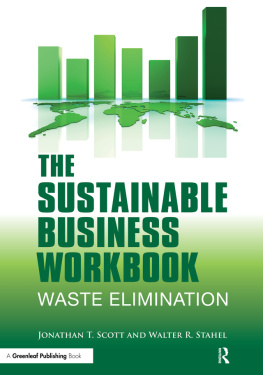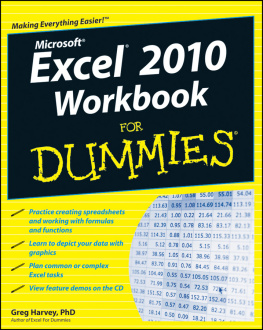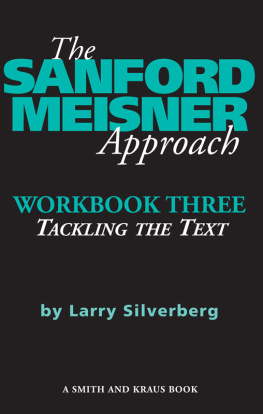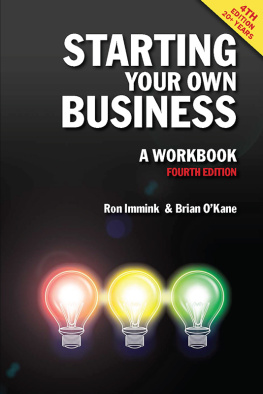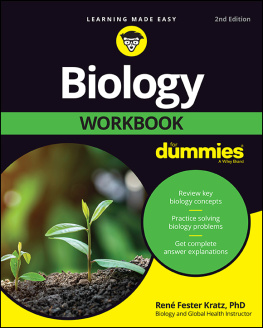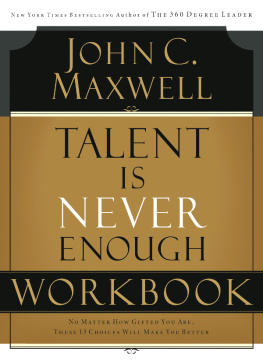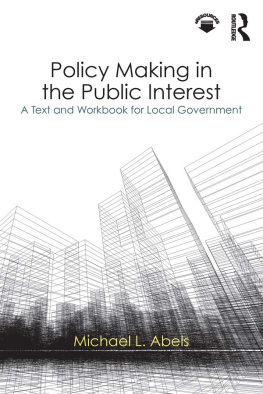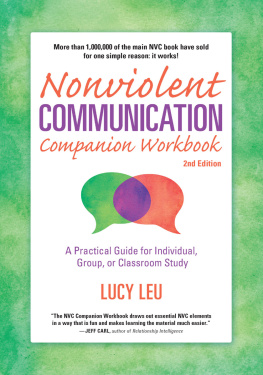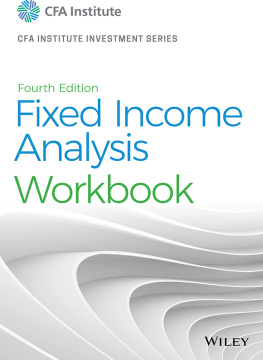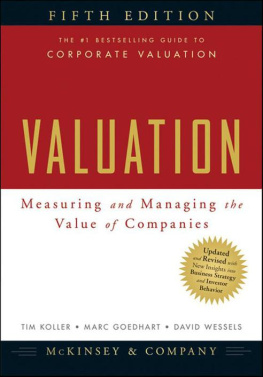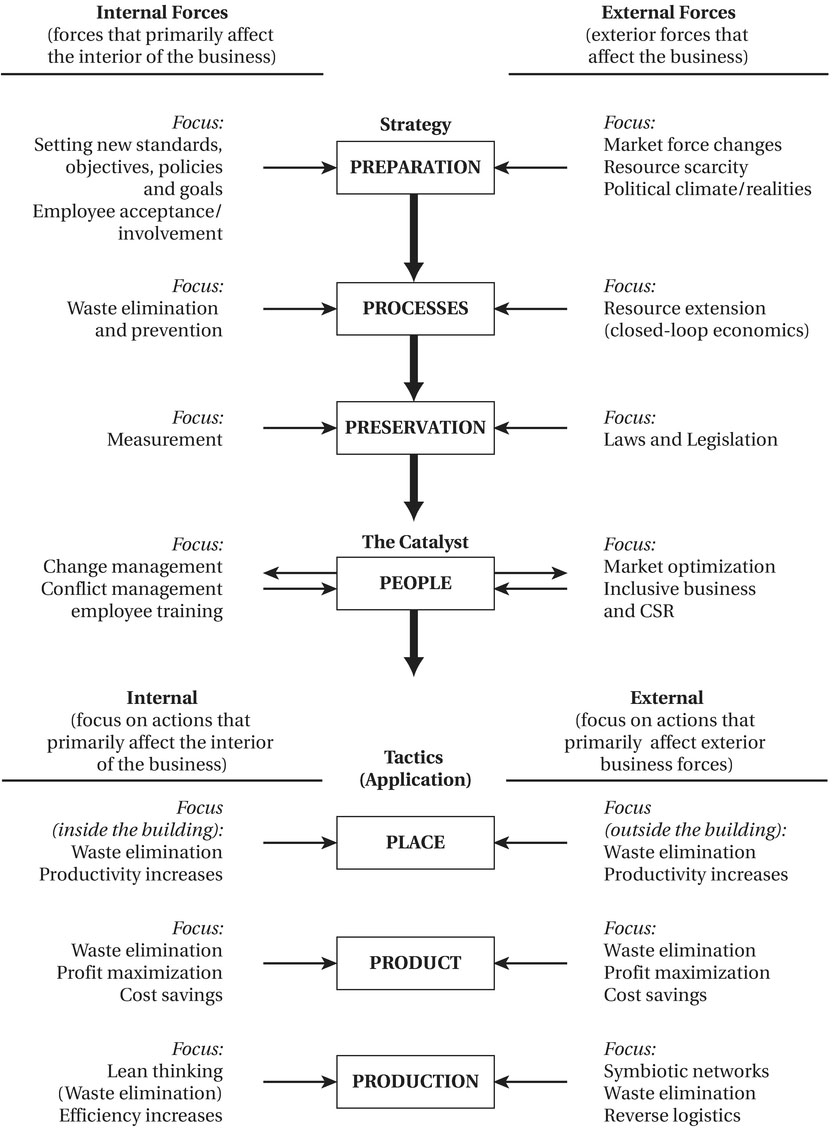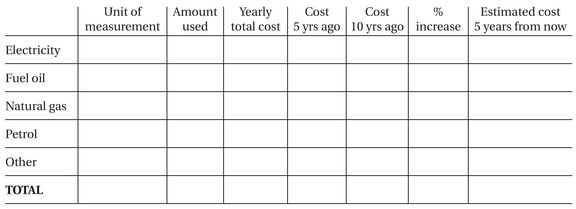The Sustainable Business WorkBook
Waste Elimination
Jonathan T. Scott and Walter R. Stahel
First published 2013 by Greenleaf Publishing Limited
Published 2017 by Routledge
2 Park Square, Milton Park, Abingdon, Oxon OX14 4RN
711 Third Avenue, New York, NY 10017, USA
Routledge is an imprint of the Taylor & Francis Group, an informa business
Copyright 2013 by the Center for Industrial Productivity and Sustainability, Jonathan T. Scott, and the European Foundation for Management Development.
Typeset and Cover by OKS Prepress Services, Chennai, India
All rights reserved. No part of this book may be reprinted or reproduced or utilised in any form or by any electronic, mechanical, or other means, now known or hereafter invented, including photocopying and recording, or in any information storage or retrieval system, without permission in writing from the publishers.
Notice:
Product or corporate names may be trademarks or registered trademarks, and are used only for identification and explanation without intent to infringe.
British Library Cataloguing in Publication Data:
A catalogue record for this book is available from the British Library.
ISBN-13: 978-1-906093-84-6 (pbk)
Contents
Guide
Whether you are undertaking the requirements of this workbook for your own purposes or with the intent of completing a certification course in sustainable development, the following information should be of help.
The companion text for this publication is The Sustainable Business: A Practitioners Guide to Achieving Long-Term Profitability and Competitiveness (2nd edition). Please note that the seven sections that comprise the companion text (Preparation, Processes, Preservation, People, Place, Product and Production) correspond to the similarly titled sections of this publication.
Read the companion text thoroughly before beginning this workbook.
Many of the subject areas that comprise sustainability are inseparable from one another. For example, certain aspects of Place may overlap into Production , and so on. This can be confusing when trying to determine where and how to place the information you collect. In such cases, use your best judgement. Accurately measuring and recording the data you are required to collect, and being consistent with its placement, is more important than choosing the category in which it will be placed.
Similarly, the data estimation requirements set forth in this publication may not fit perfectly with the uniqueness of your business, its product, or the environment in which your business operates. Again, do the best you can to meet the highest of standards. Although all of the requirements laid out in this workbook must be met, feel free to modify some of them in order to achieve the intended result: the elimination of waste.
If you have any questions, turn to your waste-elimination team for answers. One of the aims of this course is to promote self-learning, self-development and self-discovery, all of which are best achieved by resolving your own problems. You should:
- Believe in your creativity . If you have the right attitude and think you can be innovative and successful, chances are that you will be.
- Encourage nonconformity . Allow team members to express different viewpoints.
- Reach out beyond your specialization . Use other people (perhaps in different departments) to expand upon ideas and assumptions.
- Ask Why? Dont accept that things have to be done the way that theyve always been done. Search for more than one right answer or one way to do things.
- Take the time to think . Step back, think, play around with ideas, and grow.
- Dont be afraid of trial and error . Making a few mistakes is often a path to success.
We hope you find the process of completing this workbook informative and profitable! Good luck!
Adapted from Roger von Oech, A Kick in the Seat of the Pants , Harper & Row, New York, 1986.
The 7-P Model
(The ROADMAP to Sustainability)
If you follow the approach in The Sustainable Business and this Workbook, you will find a number of benefits to you and your organization. These include:
Knowledge and understanding
- Increase your awareness of business/management issues and the relationship these issues have with long-term thinking and action (sustainability) in regards to profits, cost-savings, waste elimination, resource optimization and job security/creation,
- Better understand financial value, organizational value and social value,
- Improve your comprehension of applied sustainable practices in both blue collar and white collar settings, and
- Develop the ability to identify, measure and analyze sustainability-based practices and strategies in a work environment.
Subject-specific skills
- Evaluate, synthesize and apply tools for implementing sustainable business practices,
- Measure and analyze sustainable initiatives,
- Be able to identify direct and indirect costs associated with sustainable practices (or the lack of sustainable practices),
- Increase your ability to identify and capitalize upon basic best practices (benchmarking).
Personal and transferable skills
- Improve your ability to plan, measure, manage and lead sustainability-orientated concepts and practices in a real work environment alongside others as part of a team,
- Learn how to produce results and enable others to produce results.
... the act of making ready (i.e. putting or setting in order in advance of an act or purpose). Before beginning the sustainability process its important to: (1) learn what sustainability entails, (2) articulate why the pursuit of it is important, and (3) establish the groundwork that will instil both managers and non-management employees with enthusiasm, answers and support. Without this foundation, most attempts at sustainability are prone to confusion, suspicion, disorganization and dwindling motivation as well as wasted time and efforts.
Energy
External: Market price assessment
- Create a graph similar to the one below and record the past, present and estimated future market prices of the various forms of energy used by your business.
Energy prices
Internal: Costs assessment
- 2. Create a graph similar to the one below and record your businesss total energy costs.
Energy consumption
Raw materials or system inputs
External: Market cost assessment
- 3. Create a graph similar to the one below and record the current price and estimated future market price of select raw materials used by your business. (Note: code words or letters substituted for the names of raw materials can be used to maintain confidentiality.)

